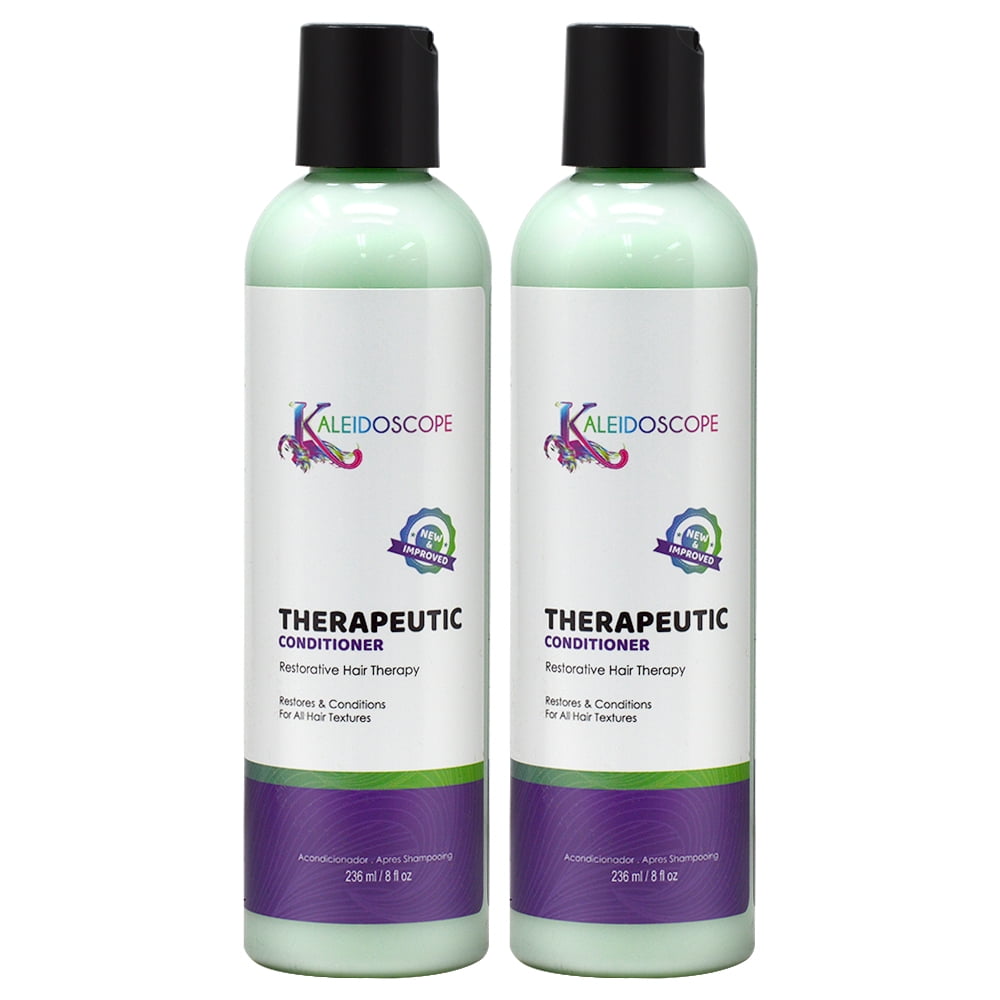Imagine sailing through the open ocean, feeling the cool breeze on your face and the gentle sway of the ship beneath your feet. Cruise ships offer a unique and luxurious way to travel, but have you ever wondered how fast they actually go? In this article, we will explore the speed at which cruise ships travel and uncover some interesting facts along the way.
When it comes to planning a cruise, many people have concerns about the speed of the ship. Will it be too slow, making the journey feel endless? Or will it be too fast, causing seasickness and discomfort? These are valid concerns, as the speed of a cruise ship can greatly impact the overall experience for passengers.
On average, cruise ships travel at a speed of around 20 knots (23 miles per hour). However, this speed can vary depending on several factors, including the size and design of the ship, weather conditions, and the distance it needs to travel. Some ships are capable of reaching speeds of up to 30 knots (35 miles per hour), while others may cruise at a more leisurely pace of 15 knots (17 miles per hour).
My Experience with Cruise Ship Speed
During my recent cruise vacation, I was pleasantly surprised by the speed of the ship. As we set sail from the port, I could feel the power of the engines propelling us forward. The ship glided effortlessly through the water, creating a sense of tranquility and relaxation. It was the perfect balance between speed and comfort.
Throughout the journey, the ship maintained a steady pace, allowing us to enjoy the scenic views and participate in various onboard activities. The captain would occasionally provide updates on our speed and estimated time of arrival at each destination. It was fascinating to see how technology and navigation systems played a crucial role in ensuring a smooth and efficient voyage.
What Determines the Speed of a Cruise Ship?
The speed of a cruise ship is primarily determined by the ship's engines and propulsion system. Most modern cruise ships are powered by diesel-electric engines, which provide a combination of speed, efficiency, and environmental sustainability. These engines generate electricity, which is then used to power electric motors that drive the ship's propellers.
In addition to the engines, other factors such as wind, currents, and sea conditions can affect the speed of a cruise ship. Strong headwinds can slow down the ship, while favorable tailwinds can increase its speed. Similarly, rough seas and strong currents can impact the ship's ability to maintain a consistent speed.
The History and Myth of Cruise Ship Speed
Historically, cruise ships were much slower compared to their modern counterparts. In the early days of cruising, ships relied on steam engines and paddle wheels, which limited their speed to around 10 knots (12 miles per hour). As technology advanced, ships adopted more efficient propeller-driven engines, allowing them to reach higher speeds.
However, there are also some myths and misconceptions surrounding cruise ship speed. One common myth is that cruise ships travel at the same speed as cargo ships. While it's true that cargo ships often cruise at a slower pace to conserve fuel, cruise ships are designed to provide a faster and more enjoyable journey for passengers.
The Hidden Secrets of Cruise Ship Speed
Behind the scenes, there are several hidden secrets that contribute to the speed and efficiency of a cruise ship. One of these secrets is the use of advanced navigational systems and satellite technology. These systems allow the ship's crew to accurately track its position, plan the most efficient route, and make adjustments based on weather conditions and other factors.
Another secret is the design of the ship itself. Modern cruise ships are built with streamlined hulls and advanced hydrodynamic features, which reduce drag and improve fuel efficiency. These design elements, combined with state-of-the-art propulsion systems, enable cruise ships to achieve higher speeds while minimizing their environmental impact.
Recommendations for Cruise Ship Speed
When it comes to choosing the right cruise ship speed, there are a few recommendations to keep in mind. Firstly, consider the duration of the cruise and the distance it needs to cover. If you have limited time and want to visit multiple destinations, a faster ship may be more suitable. On the other hand, if you prefer a more relaxed and leisurely pace, a slower ship can offer a more laid-back experience.
Secondly, take into account your personal preferences and tolerance for motion sickness. While modern cruise ships are equipped with stabilizers to reduce the effects of rough seas, some passengers may still experience discomfort at higher speeds. If you are prone to seasickness, it may be wise to opt for a slower cruise ship.
Exploring the Topic Further
To delve deeper into the topic of cruise ship speed, it's important to consider the various factors that influence it. These include the ship's size, weight, and propulsion system, as well as external factors such as wind, currents, and sea conditions. By understanding these factors, you can gain a better appreciation for the engineering marvels that allow cruise ships to travel at impressive speeds.
Tips for a Smooth Sailing Experience
If you're planning a cruise vacation, here are some tips to ensure a smooth sailing experience:
1. Pack motion sickness medication, just in case. 2. Choose a cabin in the middle of the ship, where the motion is least felt. 3. Take advantage of onboard activities and entertainment to keep yourself distracted from any discomfort. 4. Stay hydrated and eat light, easily digestible meals to minimize the risk of seasickness.Conclusion of Cruise Ship Speed
When it comes to the speed of a cruise ship, there is no one-size-fits-all answer. It depends on various factors such as the ship's design, route, and passenger preferences. Whether you prefer a fast-paced journey or a leisurely cruise, there is a ship out there that can fulfill your desires. So sit back, relax, and enjoy the ride!
